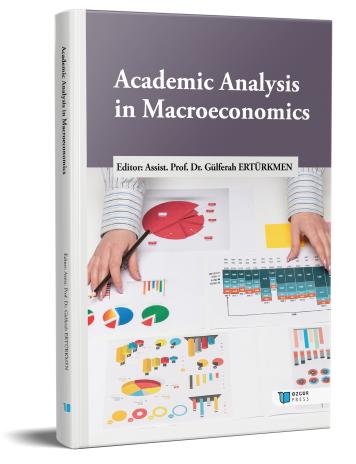
Exploring Common Equilbrium in Youth Unemployment Through Club Convergence Analysis: The Case of European Union Countries and Türkiye
Chapter from the book:
Ertürkmen,
G.
(ed.)
2024.
Academic Analysis in Macroeconomics.
Synopsis
This study aims to analyze the dynamics and convergence processes of youth unemployment rates in 27 European Union member countries and for the period 1991-2023. Using the Phillips and Sul (2007) club convergence method, the study examines whether countries converge to a common equilibrium level in terms of youth unemployment rates. This method allows for identifying heterogeneous dynamics and analyzing how countries behave within different groups (clubs).
The findings reveal that while countries generally do not converge to a common equilibrium level, they form three distinct clubs. In Club 1, youth unemployment rates have increased notably after 2010. In contrast, countries in Club 2 have demonstrated significant improvements in reducing youth unemployment rates, moving closer to the panel average. The countries in Club 3 have distinguished themselves from other groups with low youth unemployment rates and have consistently maintained this success. These results underscore the pivotal role of economic crises, structural reforms, and labor market policies in shaping youth unemployment rates.

